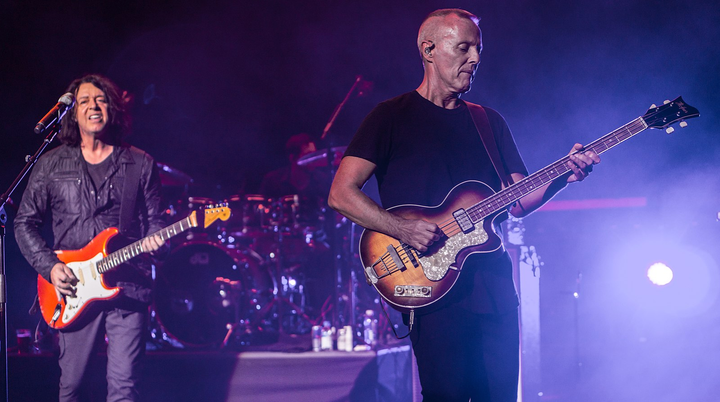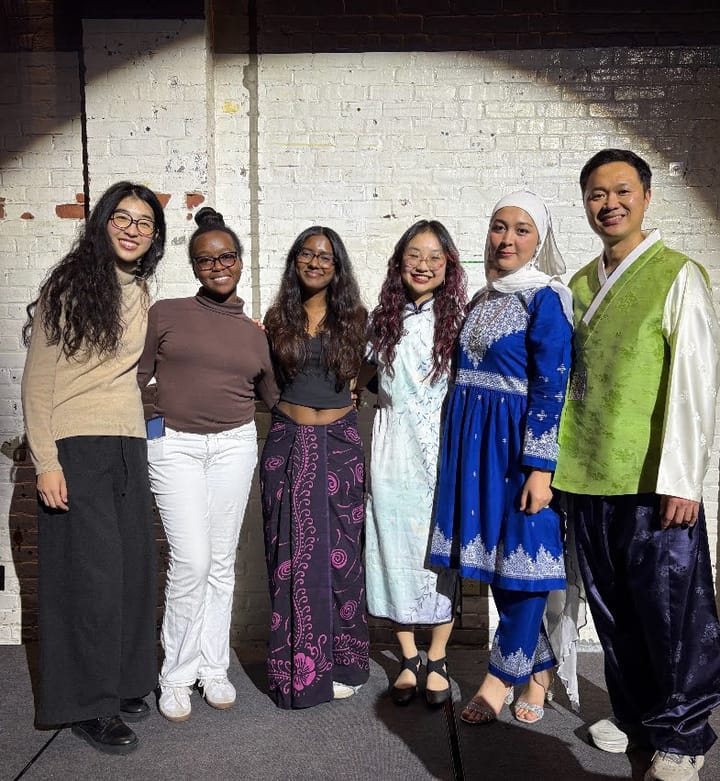Amid Covid Restrictions, Student Ensembles Find New Ways to Make Music
The pandemic has been hard for everyone. First-years like myself have come to campus missing out on so much that we’re not even aware of. Many on-campus organizations are dormant or have strict limitations in place. Music ensembles have been hit especially hard due to the inherently intimate nature of music performance and rehearsal. With many students off campus and others discouraged from participating in as many club activities, most musical groups are now much smaller in size and facing challenges like the restriction of rehearsal spaces.
I spoke with three different members of the music department on campus to gauge how Amherst student music ensembles have continued creating music during this socially-restrictive time.
Perhaps some of the biggest changes have come in the modifications made to ensure safe music-making and to ward against the spread of Covid. Indeed, many limitations were put in place in order for students to practice safely, most of which are still in place today.
Cameron Chandler, a trumpet player and graduate associate in orchestra, described the current music ensemble set-up: “For non-wind instruments, masks must remain on, and they [musicians] must be seven and a half feet apart. They can only play for a maximum of one hour … Wind players … must be 15 feet apart at all times and can only play for 30 minutes. We have … special masks that allow people to play while wearing them, and they also have to be behind these plexiglass barriers.” While necessary, these barriers, whether made from plastic or time, make rehearsals and performances extremely difficult.
Performing, especially, has radically changed. Long concerts with a full audience became 30-minute performances with a lone computer sitting in the front row. Musicians can barely hear each other from long distances away, and many are forced to record their parts individually, only seeing the full performance after it is edited together and released.
Along with these tangible restrictions comes the challenge of forming a community when faces are hidden behind masks and computer screens. “90 percent of the auditions [for Jazz at Amherst] were online, which is never something we’ve done before,” said Bruce Diehl, senior lecturer in music and director of jazz performance at Amherst. When it comes to music-making, communication—both on and off stage—is essential. But in the time of Covid restrictions, students have been prevented from getting to know each other as musicians, which has greatly limited collaboration and teamwork within the groups.
Still, the directors for each department have put their best efforts into creating a sense of community among the students, despite all the obstacles. “Even though it’s awkward, even though it’s short and even though everyone’s so far apart from one another, there is a sense of community,” said Arianne Abela, director of the choral music program and lecturer in music. “I think the [greatest success] is that we can even be in person at all.”
While there have been countless difficulties, the music department has persevered. Last semester, the Amherst College Orchestra performed “Beethoven’s Fifth Symphony” in honor of his 250th birthday, alongside many of his chamber compositions. The orchestra also played “March of the Women” and several other significant pieces written by women to celebrate the centennial of the 19th Amendment. This semester, the orchestra is planning “Black Music Matters,” a series of performances featuring pieces written by Black composers, similar to the “Black Art Matters” festival held earlier this March.
The jazz department has already held three “Jazz at Schwemm’s” performances, and the choral department will have a livestream on April 9 of past performances, student compositions and videos from the tour the group took in the Baltics in 2019.
Through all of this, some light has still shone through the social and musical abyss of the pandemic. Music @ Val has popped up, supplementing the lost sense of community among Amherst student musicians. The choral department has also brought in guest speakers to share insights on anti-racism and inclusion in choral singing and are commissioning pieces to premiere virtually. Jazz at Amherst has many different performances planned for the future, albeit via Zoom, and the orchestra will be releasing many different chamber pieces. Hopefully, these new additions will remain post-pandemic, giving us a few things to look forward to.





Comments ()